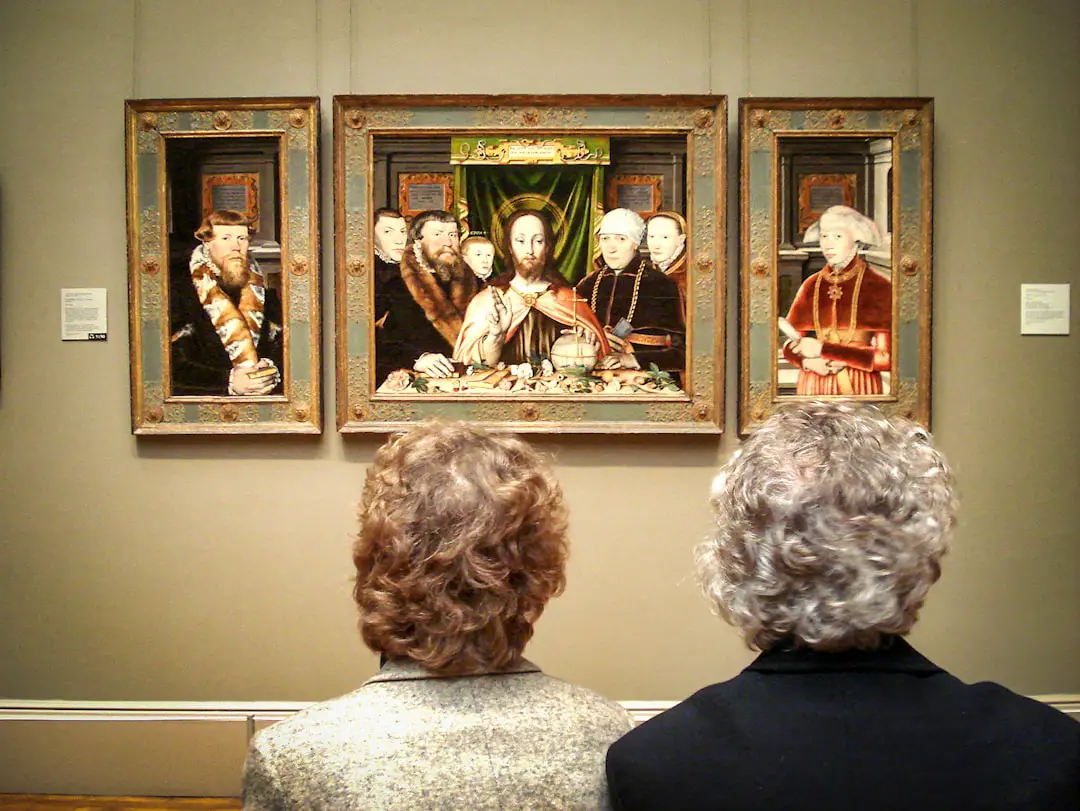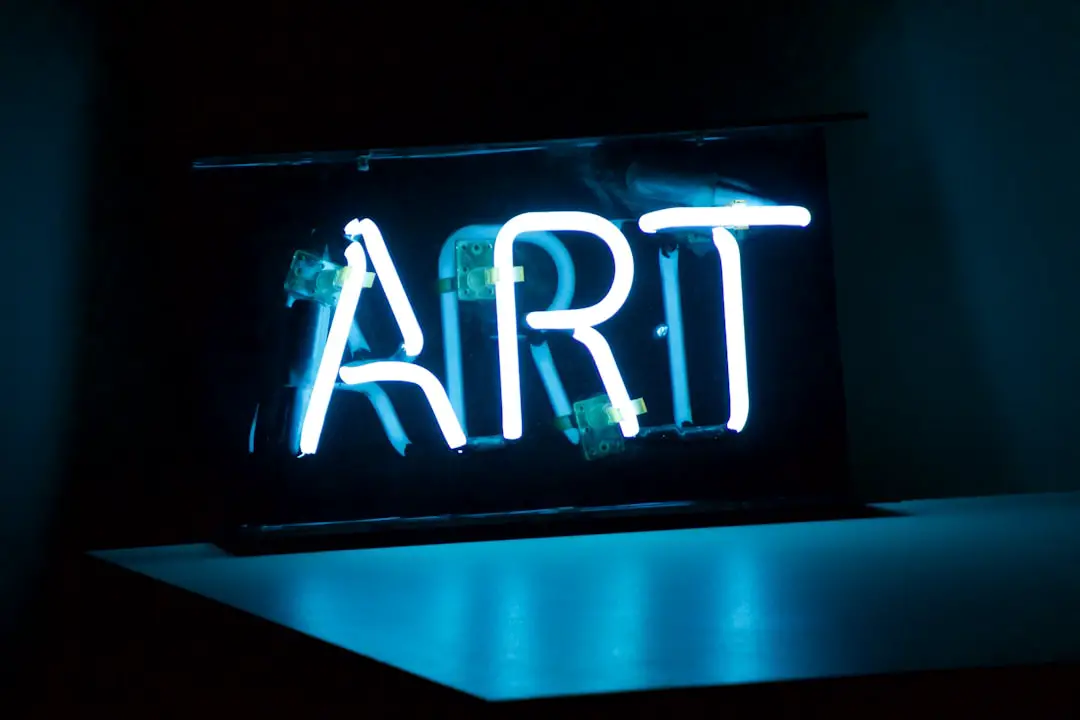In an ever-evolving financial landscape, affluent investors are constantly seeking innovative ways to diversify portfolios and guard against volatility. While traditional investments such as stocks, bonds, and real estate remain foundational, a growing number of sophisticated investors are turning to *fine art* as a unique and lucrative avenue for wealth diversification.
Art investment is more than just acquiring aesthetically pleasing pieces; it’s about leveraging one of the world’s oldest asset classes to create resilient, long-term value. As historic data increasingly showcases art’s ability to outperform the market in certain economic conditions, its appeal has surged across wealth management circles.
The Economics Behind Art Investment
The global art market reached over $65 billion in recent years, fuelled by increasing demand from collectors, galleries, and investors worldwide. Unlike more volatile investments, art tends to hold its value — and even appreciate — especially for high-demand works by established artists. Key blue-chip works have demonstrated average annual returns between 8% and 10%, with select masterpieces selling for hundreds of millions at international auctions.
Moreover, art often moves independently of traditional financial markets, making it an excellent hedge during times of economic uncertainty. For instance, during financial crises, art has historically maintained relative stability, offering investors a safe harbor amidst turbulent times.

Why Sophisticated Investors Are Drawn to Art
Beyond financial returns, art offers other appealing benefits for discerning investors:
- Tangibility: Unlike digital assets or stock certificates, art grants the investor a physical object that can be displayed and enjoyed.
- Exclusivity: Fine art is often one-of-a-kind or limited in supply, enhancing its scarcity value.
- Cultural Capital: Collectors can enhance their social prestige and influence by supporting artists and engaging with art institutions.
Art is also a versatile estate planning tool. Valuable artworks can be passed down generations, held in trusts, or donated for tax advantages, making them multifaceted assets in wealth preservation strategies.
Strategizing Your Entry into the Art Market
For those new to this arena, investing in art may seem daunting due to its subjectivity and opaque pricing. However, a strategic approach can mitigate risk and enhance the likelihood of a fruitful return. Here are crucial steps to consider:
- Start with Research: Understand periods, styles, and artists that align with your financial AND aesthetic preferences.
- Set a Budget: Define a clear financial range, keeping in mind not just purchase price, but ongoing costs such as insurance, storage, and appraisal.
- Seek Expert Advice: Partner with art advisors, curators, or auction specialists who can provide insight into authenticity, provenance, and value trajectory.
- Diversify Within Art: Just as you would in equity or real estate, diversify—across artists, periods, and even geographies—to reduce risk.
Investors might also explore new platforms enabling fractional ownership in high-end art. These models allow entry into blue-chip artworks at a fraction of the cost, broadening accessibility while maintaining investment potential.
Art Investment Risks to Consider
While the upside of art is substantial, no asset is without risk. Here are a few challenges to acknowledge:
- Illiquidity: Unlike stocks or ETFs, art can take months or years to sell at desirable prices.
- Market Subjectivity: Art valuation is influenced by trends, taste, and reputation—factors that can shift rapidly.
- Complex Logistics: Transportation, storage, and insurance of high-value art require specific expertise and cost.
Diligence is crucial. Building relationships with experts, galleries, and auction houses greatly enhances the security and return potential of your investments.

Conclusion: A Masterstroke for Financial Portfolios
For the savvy investor, art offers more than decorative appeal — it represents a *strategic* and *alternative* vehicle for capital growth and portfolio resilience. With values rising and institutional interest growing, the fine art market is increasingly being redefined as a legitimate and sophisticated investment realm.
When approached with knowledge, patience, and expert support, art can paint a compelling picture in your wealth diversification strategy. As Michelangelo once said, “Every block of stone has a statue inside it.” Perhaps, within every art investment, lies untapped financial potential, waiting to be unveiled.
